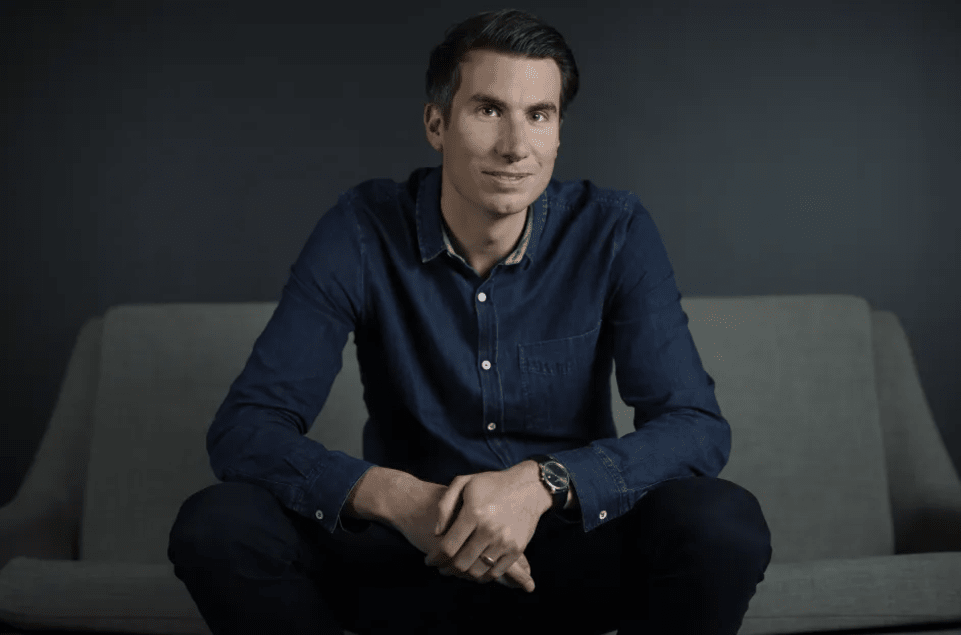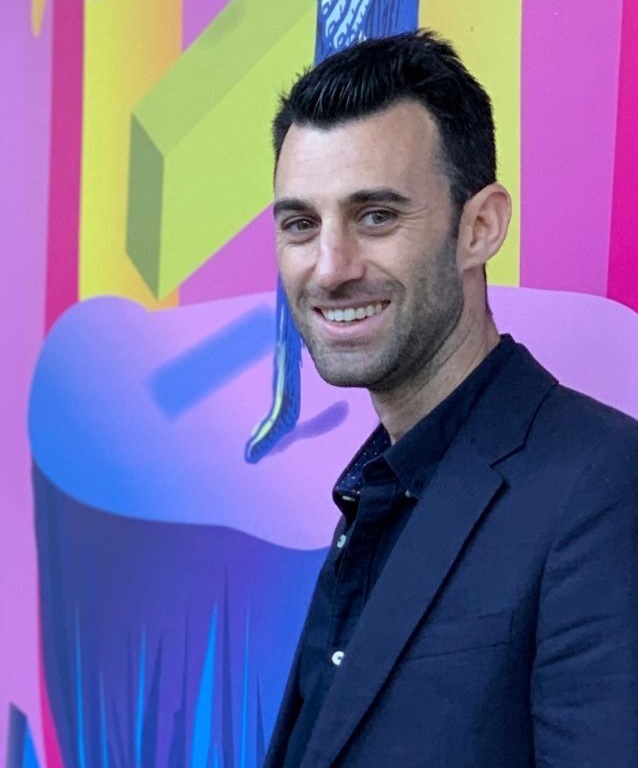Whether you’re a growing brand with 100 customers, or you’re an artist with one million fans, it’s likely you spend a lot of time thinking about how to engage with your customers or audience on a more personal level.
How can you get in their head? Know what they want? Get them to engage with and love your product or latest album? Unless you’re Taylor Swift or Beyoncé, who possess powerful (read: obsessed) fanbases, there’s no simple answer. But that doesn’t mean it can’t be done.
To that end, a panel of industry leaders, including UNIFIED Music Group’s CEO and founder Jaddan Comerford, Superhero’s co-founder Wayne Baskin, and Twilio Segment’s Regional Vice President Liz Adeniji, recently came together to answer these questions and share 5 lessons on what tech can learn from artists and what artists can learn from tech.
1. Harness tech to know your customer
According to Adeniji, every company or artist, no matter how big or small, is in the tech and data business. “I would typically argue that every business should make it their business to understand their listeners, their fans, intimately,” she said. “So you know exactly what they like, what they don’t like, what they listen to, what they didn’t listen to, what gigs they went to, what shows they hated.”
But how can you do this? When you have millions of fans or customers, the most obvious way would be to hire millions of people to individually service them one by one. Of course, that’s not feasible. So, that’s where platforms like Twilio Segment become so useful.
“Twilio Segment’s customer segment platform allows brands to answer 3 things: Who is my customer? Where are they? And what are they doing? Knowing that makes a really big difference in how you speak to that user on a 1:1 basis,” Adeniji said.
Love Music?
Get your daily dose of everything happening in Australian/New Zealand music and globally.

Image: Twilio Segment Regional Vice President Liz Adeniji
2. Personalise communication with your audience
In a world where personalisation is non-negotiable, the ability to create a unified customer profile can be your strongest strategic advantage. According to the panel leaders, it’s no longer enough to give everybody a generic service or experience. They emphasised how getting personal and taking the time to hone your customer profiles, not only enables you to tailor experiences based on a nuanced understanding of each fan’s journey, but it also helps you avoid spamming your entire database with things they don’t want.
When you’re an artist with 25 million listeners though, that can be tricky. Comerford argues, maybe you don’t have to know every single one of them – only the most important bunch. “How do we reach even 1% of them in the most intimate way possible? Having a direct relationship with that many people is going to be difficult, but it’s about how do we actually know as much as we can about the most passionate fans?”
It’s about analysing the data and finding the superfans. “Superfans, they’re people that go to the concerts and buy the T-shirts,” he said. That’s the audience you’ll get the most value from.

Credit: UNIFIED Music Group CEO & Founder Jaddan Comerford
3. Take inspiration from brands doing it well
“A lot of companies today, large multinationals and small ones, are after the “Netflix effect”. They want to know what you want before you want it, and serve it to you,” Adeniji explained. Brands like Netflix or Spotify have cracked the personalisation code, building content systems that deliver exactly what their viewers are craving, which in turn helps them know what future products are going to be a success.
But as an artist or brand, how do you become like a Netflix or a Spotify? How do you have access to that data, make sense of it, then actually use it? That’s the real challenge.
“You may know things about your user, but you probably have siloed views of each customer,” Adeniji said. “It becomes powerful when you can stitch all of those interactions that they have with you into a single profile to do things like, well, she had a really terrible experience at Fire Festival – probably not sell her another ticket to that.”
4. Know where your data is coming from
“The music industry needs to understand where the data is coming from,” Baskin said. Using Beyoncé as an example on the panel, that means asking questions like, who bought the Beyoncé ticket? Did they buy it for themselves? Did someone else buy it for them? Did they go to the concert? Did they buy merch at the concert? Did they listen on Spotify?
“We can all say socials, we know that. We can maybe say some of the music streaming services. But where are you getting merch from? Where are the ticket sales from? Where’s all the rest from? Because once you’ve got the data, it’s powerful.”

Image: Superhero Co-founder Wayne Baskin
5. Get organised
For many, the biggest challenge is organising your company’s data into something useful. Data is everywhere – from CRM systems to in-app platforms to social media. The problem is these are often spoiled systems that don’t talk to each other.
“We work with our customers to unify that data, connect all the touch points of a single user into what we call a ‘golden profile’, and enable them to push that data into tools that need it most,” Adeniji explained.
Watch an animated guide to building a customer data platform:
There’s a lot to learn from the smarts of technology and the creativity of artists. Understanding both and being clever with data through the services Twilio Segment provides can be the secret sauce to your brand’s customer strategy.
Want to learn more about how Twilio Segment can help you drive more fan engagement, get more from your subscriber base and use your data more effectively? Check out the platform’s demo HERE.



































